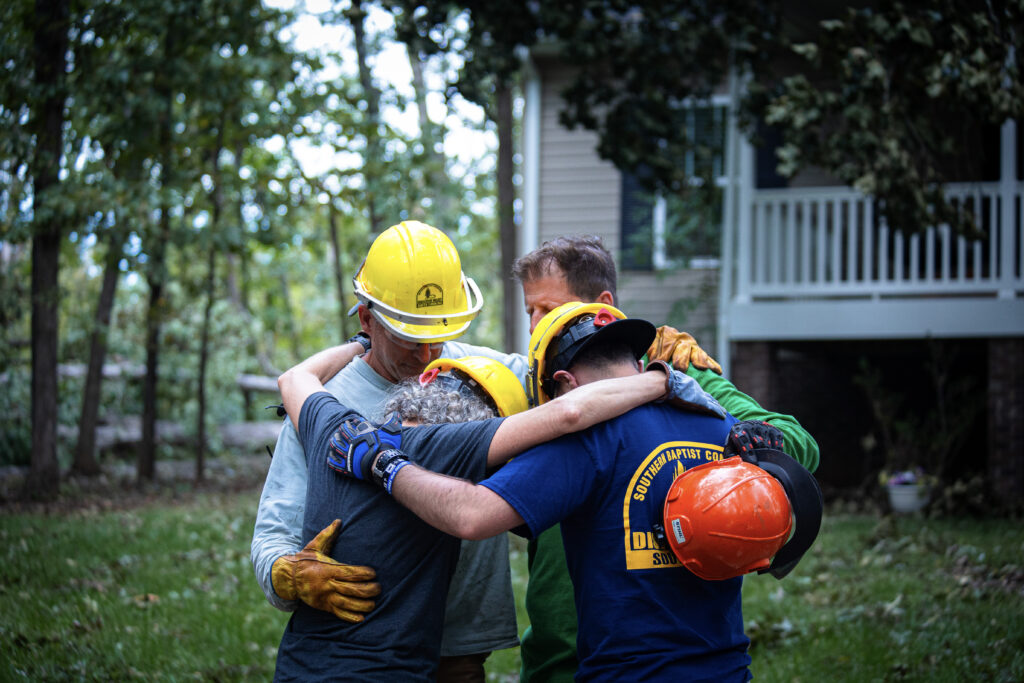A member tests positive for COVID-19. What do we do?
Unfortunately, this is a question South Carolina leaders must be prepared to answer. The good news is with the proper preventative procedures in place, the impact of a member testing positive for COVID-19 is manageable.
Once leadership is informed of someone testing positive for COVID-19 having been on the church campus, there are several action steps to consider:
Step 1 – Identify Others That May Be Impacted:
Churches carry the responsibility of informing those that may have come in contact with someone testing positive. There are three important questions to ask:
1. Did you or a family member have physical contact with anyone at church? If so, who? (handshakes, hugs, fist bumps, etc.)
2. Did you or a family member have an unmasked conversation with anyone? If so, who? (Other than a simple greeting.)
3. What areas of the church did you and your family spend the most time?
Step 2 – Instruction and Care For The Infected Member:
Receiving confirmation of a positive test is news no one wants to hear. Having to notify church leadership is a phone call no one wants to make. It is important to thank the member for the care they are showing their fellow members by informing leadership. Yes, they have created additional work for leaders, but notification is much better than silence.
While letting the infected member know that notifications will be made, assure them that confidentiality will be provided. The name of the infected member must be kept confidential. The church does not have the authority to release the name of anyone infected or exposed.
The infected member may have already notified those they have come in contact with. While this is fine, it is important to follow up. This offers an opportunity to provide care and encouragement for those having been exposed. It also shows good-faith due- diligence should someone question the church response later on.
Those with a positive test must follow the instructions of their medical care provider concerning a return to church services. At minimum the individual must be symptom free for 14 days before returning to the church.
Step 3 – Notifying Those That May Have Been Exposed:
Being prepared prior to a phone call like this is important. Know where testing is done in your county and know the process for making appointments and receiving the test. Remember, confidentiality is important. Do not give the name of the infected member and assure those being notified that their information will also be kept confidential. Anyone with the possibility of exposure should self-quarantine for 14 days or receive a negative test result, coming 7 days after being exposed. Currently it takes approximately 3-days for positive test results and up to a week for negative results.
Step 4 – Control the Narrative:
Making a simple accurate statement is much better having several versions of the story circulate among the membership. The statement can be as simple as, “We have been informed of an individual testing positive for COVID-19 attending services in the past week. We have notified those that may have been exposed, helping them with testing recommendations and explaining our policies for returning to church activities. Additionally, extra effort has been taken to make sure every area of the church has been thoroughly cleaned and disinfected.” The second part of the statement should be a review for the protections currently in place along with any new measures being instituted. This also provides the opportunity to reinforce the understanding that we all carry the responsibility of protecting one another by following all protective measures.
Step 5 – Make Sure All Protocols Are Being Followed:
Established policies and procedures have to be followed. Relaxing standards or cutting corners puts members at risk of infection, leaders at risk of investigation by local health authorities and the reputation of the church at risk in the community. Following established protocols protected the mission and message of the church.


